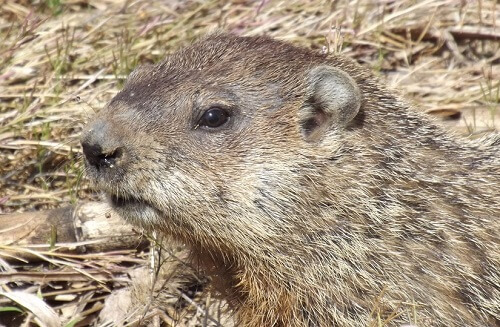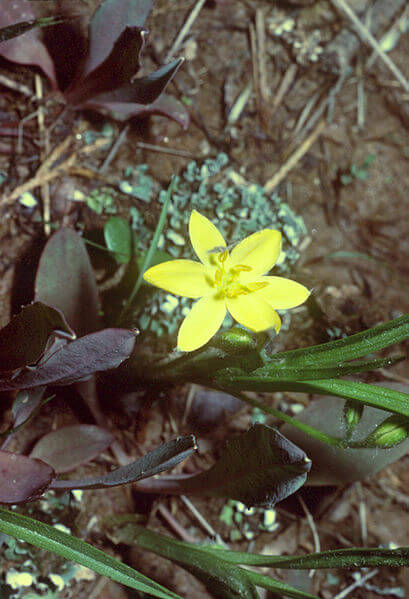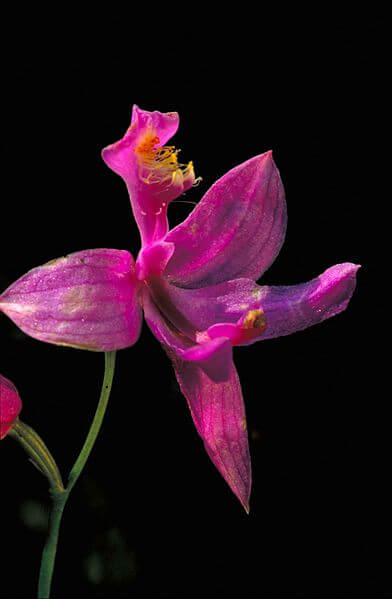 Plant Nature Study I
Plant Nature Study I
Plant Nature Study I
Plant Nature Study I




 Plant Nature Study I
Plant Nature Study I
Plant Nature Study I
Plant Nature Study I

Study the lesson for one week.
Over the week:
Proactive Pollen Dispersal:
Activity 1: Narrate the Story
Activity 2: Recite the Poem
Activity 3: Take a Nature Walk, Visit a Flower Shop, or Research Online - Orchids
Activity 4: Complete a Field Book Entry

After your nature walk, complete page 27 in 'Science Field Book for Third Grade.'